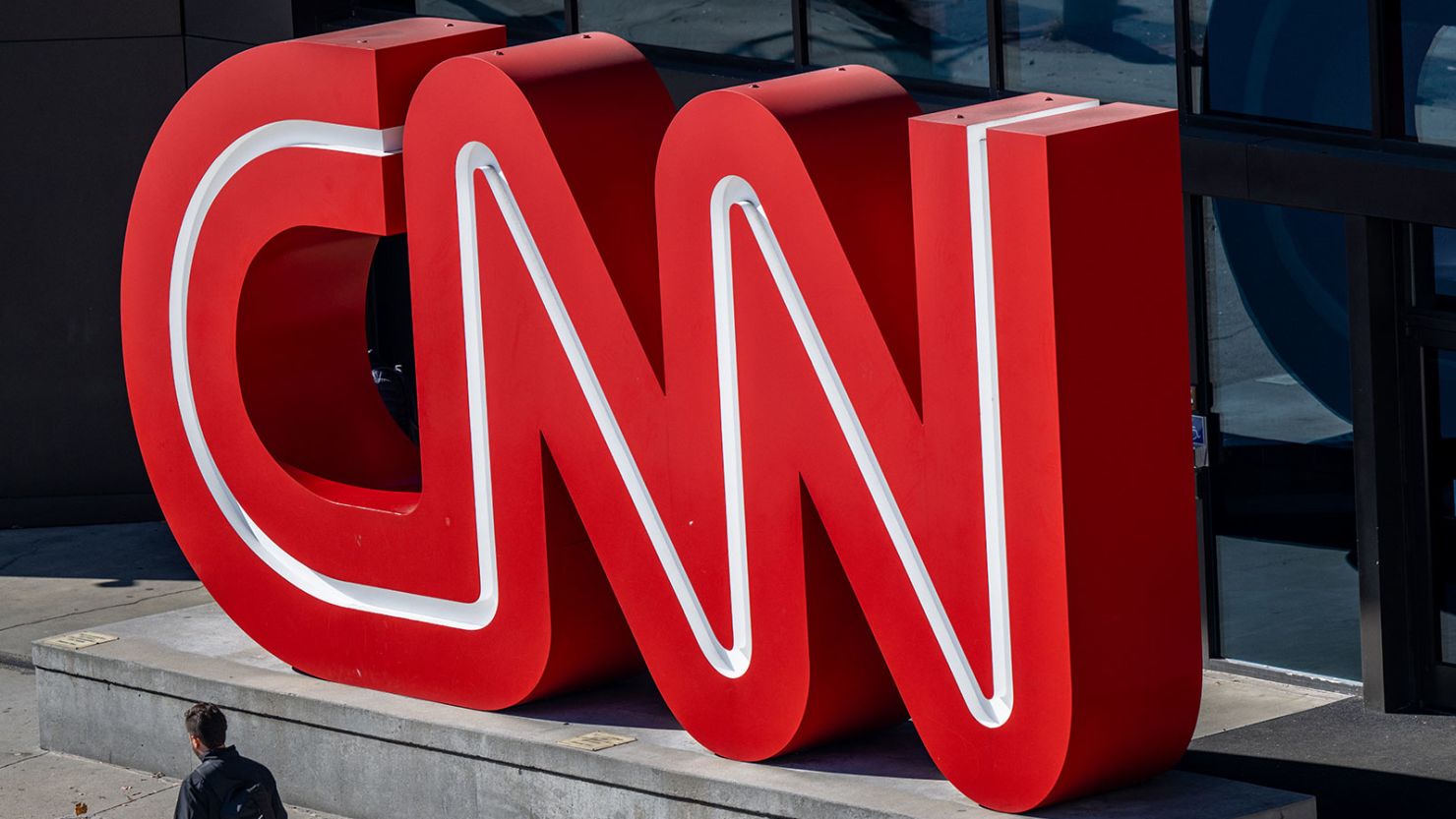New York — In a bold move to secure its financial future, CNN, one of the most prominent news outlets globally, has launched a digital paywall, marking the first time that users will be required to pay for access to its articles. Starting today, the network is offering an exclusive subscription service, charging $3.99 per month for unlimited access to a wide range of premium content on CNN.com.
In an internal memo, Alex MacCallum, CNN’s executive vice president of digital products and services, stated, “We are introducing a small recurring fee for users in the United States, allowing them to enjoy full access to our world-class journalism.” MacCallum emphasized that casual readers—those who only access a limited number of articles each month—will not be affected by the paywall at this time. Only after surpassing a certain threshold of free articles will users be prompted to subscribe. Subscribers, however, will benefit from exclusive features, including access to CNN’s in-depth election coverage, original documentaries, a daily curated selection of top stories, and a reduction in digital advertisements.
The implementation of this paywall marks a strategic shift for CNN as it joins the ranks of media companies transitioning toward paid digital content. MacCallum, along with CNN’s CEO Mark Thompson, brings a wealth of experience from The New York Times, which has been lauded for its successful digital subscription model. With millions of subscribers, The Times has set a high bar, and CNN hopes to replicate similar success with its own subscription-based service.
Thompson had previously hinted at this shift, revealing plans for CNN to create “best-in-class, subscription-ready products” that provide essential news, analysis, and unique digital experiences. This new digital subscription, while in its early stages, represents the first phase of a larger strategy aimed at diversifying CNN’s revenue streams beyond its traditional cable television model.
The news industry faces mounting pressure to innovate as declining cable subscriptions and increased competition from digital platforms threaten traditional revenue models. CNN’s previous foray into digital subscriptions with CNN+ was short-lived, with the service being discontinued soon after the network’s merger with Warner Bros. Discovery. However, the lessons learned from that venture have informed CNN’s current approach, focusing on its core journalistic offerings rather than new streaming products.
As part of its broader digital transformation, CNN is committed to keeping key parts of its content accessible to non-subscribers. The homepage, breaking news coverage, live story updates, and standalone video content will remain free, ensuring that critical news remains available to the public.
The shift toward paid digital news access is not unique to CNN. Reuters, another global news leader, also announced plans to launch a paywall for its website and app in early October, with a $1 weekly subscription fee. Paul Bascobert, Reuters’ president, emphasized that this new pricing model will enable Reuters to further invest in its reporting while keeping its award-winning journalism affordable for a global audience.
The growing trend toward digital subscriptions is transforming the news landscape. However, it is not without challenges. Despite the success of major outlets like The New York Times, many smaller organizations face hurdles, including consumer fatigue and resistance to paying for content that was once freely available online. A recent study by the Reuters Institute found that only one in five American consumers currently pays for online news, underscoring the difficulty in changing long-standing habits.
Yet, there is room for growth. Greg Piechota, a researcher at the International News Media Association, argues that the digital news industry is only scratching the surface of its subscription potential. “There is no subscription ceiling for online news,” Piechota stated. He likened the current state of the industry to being on the first floor of a towering skyscraper, with vast opportunities for expansion above. Piechota also noted that many consumers are unaware of the financial struggles facing news organizations and that education about these challenges could significantly increase willingness to pay for journalism.
CNN’s foray into digital subscriptions represents more than just a business decision—it’s a critical step in the future of journalism. As media companies worldwide grapple with the shift to digital, how they navigate the balance between accessibility and sustainability will shape the future of news.







